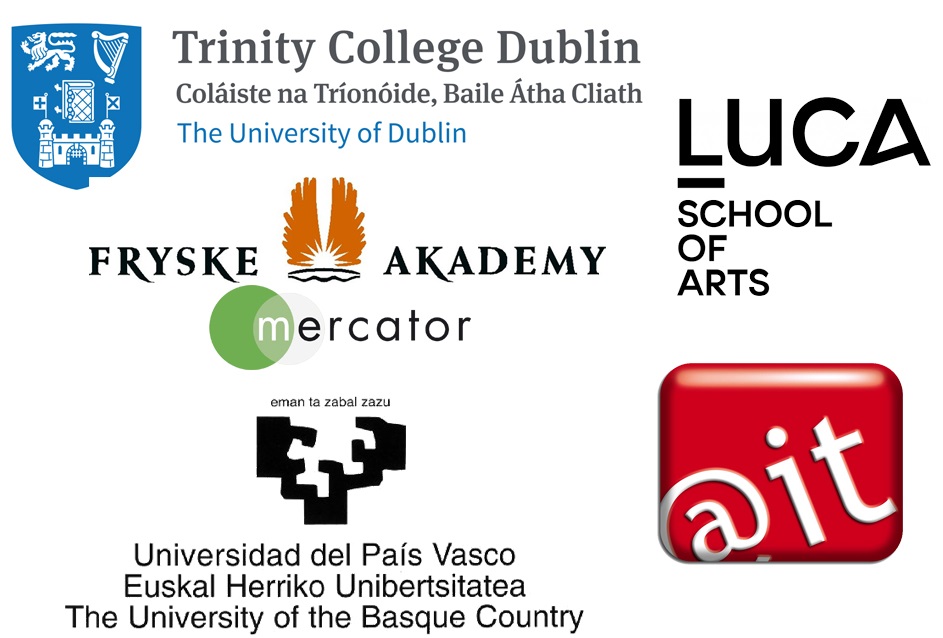Even though the background of school pupils has become increasingly multilingual and classrooms have become even more multilingual and diverse, migrant and minority languages are still rarely included in mainstream education and they are very often not recognised as an asset for learning. This is particularly true in bi-/multilingual areas in which several languages already compete for often scarce resources in education (teaching hours, teacher training, material) (Cenoz& Gorter). Speakers of minority and migrant languages must compete with national (and increasingly also foreign) languages for an equal position in the curriculum. Especially at the level of primary education, the willingness of schools and teachers to include other languages than the regions autochthonous language(s) is low. This is because of a lack of knowledge about multilingual education and its advantages and the lack of hands-on-skills on how to implement a multilingual didactic in their classroom (Fürstenau, 2016; Helot, 2015). This can be explained, because different needs exist in different types of school, resulting in different development and research questions. The consortium therefore conducted a preliminary needs analysis and literature review, in which the consortium distinguishes three types of schools, each with their own questions and needs:
a) Schools with a large number of immigrant pupils who want to improve attitudes towards migrant languages and gain knowledge about how migrant languages can be utilised in education alongside regional and minority languages and foreign languages;
b) Schools who want to experiment with less language separation in their languages didactics and receive tools with which they can also integrate other languages in their education;
c) Schools with predominantly national language-speaking children who want to introduce their pupils to minority – and other languages and raise awareness about language differences.
These needs in primary schools are therefore not uniform; the multilingual situation in complex. The broad spectrum that becomes visible here represents the situation in most schools in European bi-and multilingual regions (Duarte, 2017). The advantages for pupils and teachers for a multilingual didactic in the classroom which is tailored to different school types are:
1. Multilingual pupils feel more included in the classroom which has an important effect on their wellbeing and achievement at school
2. A more positive teacher-pupil relationships due to a better understanding of the pupils needs and backgrounds.
3. Building confidence, a professional identity and motivation for teachers to encounter the challenges in diverse language classrooms and different pupils backgrounds.



